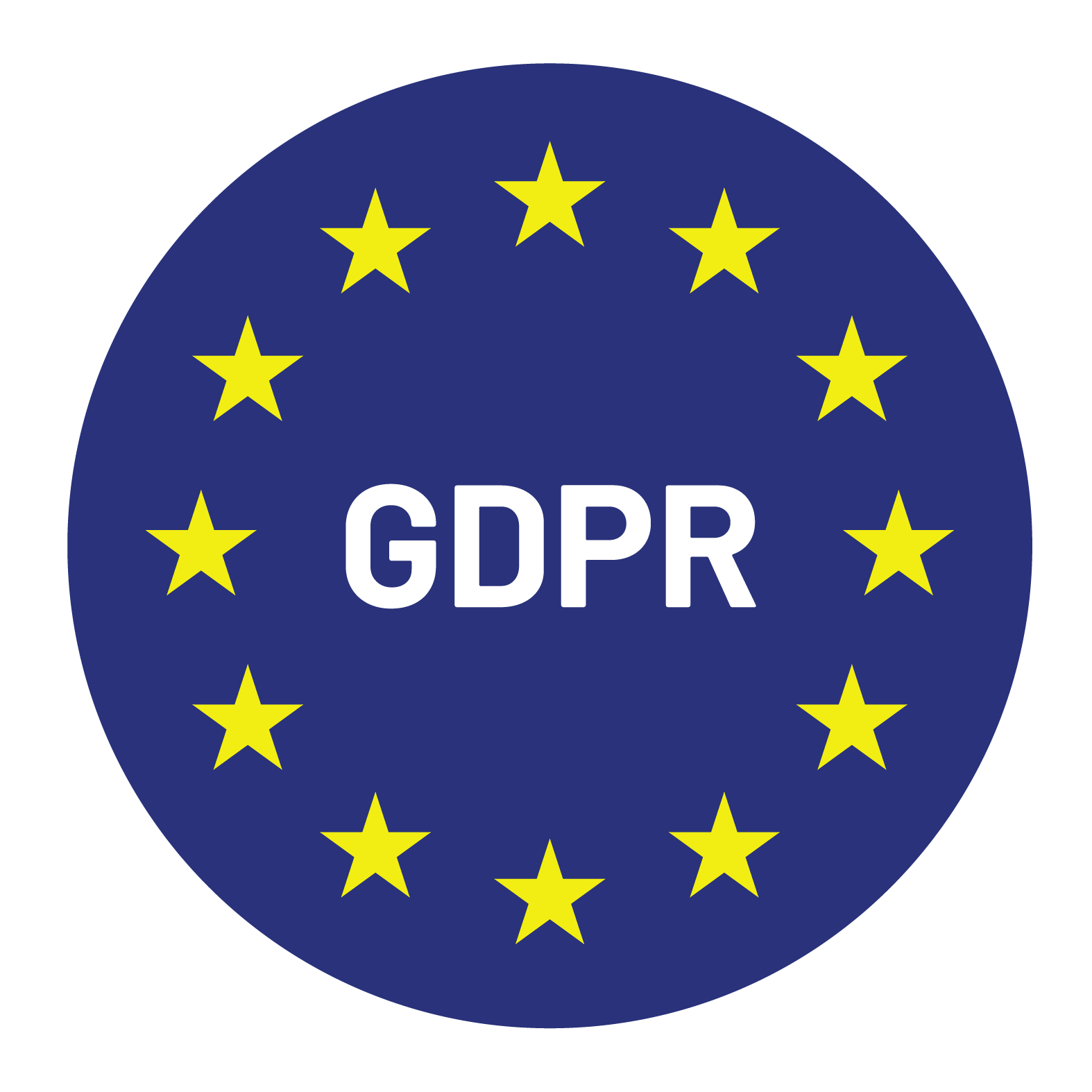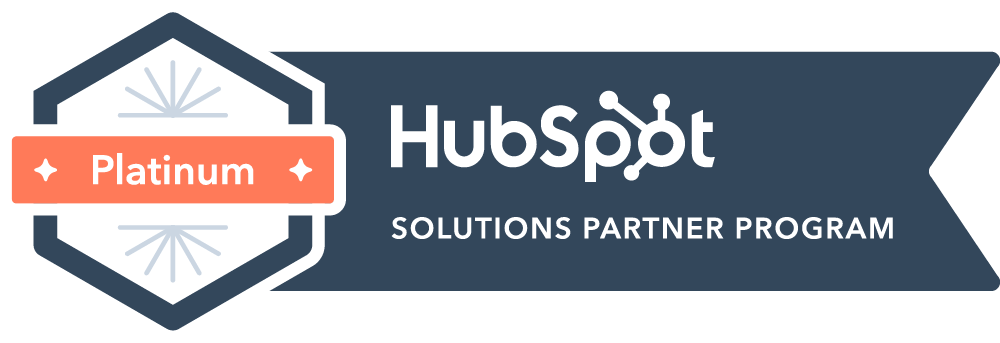

Content Writer for Whistle with multidisciplinary experience spanning over a decade.
If you’re building pipeline, you’re probably facing one of two challenges: internal teams are stretched thin, or hiring more SDRs just isn’t feasible right now. In either case, smart revenue teams are turning to one solution that delivers speed, savings, and scale: partnering with an SDR agency.
Instead of spending months hiring, training, and managing internal SDRs, smart startups and enterprise teams are outsourcing their outbound to specialized agencies. These partners come with trained reps, tested workflows, sales tech, and performance accountability, all built to generate meetings faster.
We’re looking at 11 data-backed reasons to partner with an SDR agency while exploring how it can pay off across cost, speed, quality, and pipeline performance.
Hiring SDRs in-house isn’t just about salaries. It’s recruiting fees, onboarding, tech stack costs, management, and churn. When you factor in benefits, office space, equipment, and the hidden costs of turnover, the true cost of an internal SDR can exceed $80,000 annually. Agencies eliminate all of that overhead while providing immediate access to experienced professionals.
According to FullFunnel, outsourcing SDRs can reduce outbound costs by up to 40% while maintaining quality. You also save ~$5K–$10K per hire on tools and training. Additionally, companies avoid the average $15,000 replacement cost when SDRs inevitably churn.
Start with a pilot program to validate outbound ROI before expanding internal headcount. Use the cost savings to invest in other revenue-generating activities like product development or marketing campaigns.
Seed-stage or lean-growth teams needing traction without headcount risk, or companies looking to test new markets without long-term commitments.
In-house SDRs typically take 60–90 days to fully ramp, and that’s if you have perfect onboarding processes. Most companies underestimate the time and resources needed to get new hires productive. An SDR agency already has trained reps, scripts, and infrastructure, ready to go in 2–3 weeks.
Whistle clients see qualified meetings within the first 14 business days, compared to 3+ months for internal teams. This speed advantage means you can start generating pipeline immediately instead of waiting for quarterly results.
Use outsourced SDRs for time-sensitive launches, product rollouts, or investor updates. The rapid deployment gives you competitive advantages in fast-moving markets.
Startups facing a pipeline drought with short runways or urgent targets, or companies entering new markets with limited time to establish presence.
Agencies deliver more than reps — you get sales managers, RevOps support, and tech enablement without hiring 6+ roles. This full-service approach ensures consistent messaging, proper lead qualification, and seamless handoffs to your sales team.
Companies using outsourced SDR pods with Whistle generate 3x more weekly touches per prospect vs. solo internal SDRs. The collaborative approach also reduces individual rep burnout and improves overall campaign performance.
Treat the agency as your outbound arm. Align on messaging and outcomes, then let them run. Focus your internal team on closing deals and customer success while the agency handles top-of-funnel generation.
Series A–C companies launching new GTM segments or enterprises expanding into new verticals.
No need to pay for Salesforce, Outreach, Gong, or ZoomInfo licenses. Most agencies already include them in their service. This means you get access to premium tools without the licensing costs, setup time, or learning curve.
Whistle clients save up to $15,000 annually on tech stacks by leveraging agency systems. The tools come pre-configured with best practices, templates, and workflows that would take months to develop internally.
Request access to dashboards, call recordings, and real-time analytics. Use the insights to improve your overall sales process and messaging strategy.
Teams without RevOps or marketing ops support, or companies that want to test tools before investing in licenses.
Agencies allow you to scale up or down based on product launches, seasons, or funding rounds. This flexibility is crucial in today’s volatile market conditions, where pipeline needs can change rapidly.
Clients who scale SDR teams with Whistle generate 1.8x more SQLs than static internal teams. The ability to surge capacity during peak periods or pull back during slower months optimizes both cost and performance.
Use on-demand capacity to test multiple ICPs or offers. Scale up for product launches, then optimize spend during integration periods.
Marketing-led orgs that want to A/B test segments without permanent hires, or seasonal businesses with fluctuating demand.
Many SDR agencies now offer pricing models tied to meetings booked or opportunities created — aligning incentives. This approach reduces risk and ensures you only pay for results that matter to your business.
Whistle clients using performance-based pricing saw 65% lower cost per opportunity compared to traditional retainers. This model also increases agency accountability and campaign optimization.
Negotiate shared KPIs and SLAs during onboarding pay-for-performance model. Focus on outcomes, not just output. Establish clear definitions of qualified opportunities to avoid misalignment.
Teams transitioning from marketing-led to sales-led motions, or companies with limited budgets that need guaranteed ROI.
With agencies, you can scale fast — and scale back just as quickly. No benefits, severance, or burnout risk. This flexibility is especially valuable in uncertain economic conditions where hiring freezes can happen overnight.
Startups reduced CPL by 30% using outsourced SDRs instead of hiring and firing cycles. The ability to pivot quickly without HR complications provides significant competitive advantages.
Run 90-day sprints to validate ROI before making long-term hiring decisions. Use the flexibility to test new markets or products without organizational risk.
Companies exploring international or vertical expansion, or organizations with seasonal demand patterns.
Agencies see what works across industries, buyer types, and regions — and apply that intelligence to your campaigns. This cross-pollination of strategies often leads to breakthrough approaches that internal teams would never discover.
Campaigns informed by cross-client benchmarks show 20–30% higher response rates. Agencies also identify trends and best practices faster than individual companies.
Ask for insights on messaging, cadence timing, and response trends. Use the intelligence to inform your broader GTM strategy and competitive positioning.
Companies entering new markets or pivoting GTM messaging, or organizations looking to stay ahead of industry trends.
Experienced SDRs know how to ask the right questions, qualify deeper, and hand off higher-quality leads. They’ve seen hundreds of buyer personas and understand qualification frameworks that maximize sales efficiency.
Qualified meeting-to-opportunity conversion improves by 2.5x when using trained SDRs with QA processes. This improvement in lead quality reduces sales cycle length and increases win rates.
Align early on what “qualified” means to avoid misalignment between sales and marketing. Establish clear handoff procedures and feedback loops.
Sales-led orgs with long cycles or multi-touch buying committees, or companies struggling with lead quality issues.
Great SDR agencies bring not just reps, but strategy. They help shape targeting, messaging, and cadence based on real-world experience across similar companies and industries.
Whistle clients iterated campaigns 40% faster with dedicated account strategists involved. This strategic partnership approach leads to continuous improvement and better results.
Schedule weekly standups. Use call recordings and feedback to test and improve your GTM strategy. Treat the agency as an extension of your revenue team.
Marketing or RevOps leaders needing full-funnel visibility and alignment, or companies without dedicated sales ops support.
Partnering with an SDR agency isn’t just about outsourcing cold calls. It’s about unlocking performance — faster ramp, smarter messaging, better-qualified leads, and full-funnel visibility.
Whether you’re looking to hire SDRs, test new ICPs, or increase conversions, an outsourced SDR company gives you the leverage to move faster without sacrificing quality or budget.
Ready to scale your outbound engine with less risk? Book a strategy call with Whistle.


© Copyright – Whistle 2023